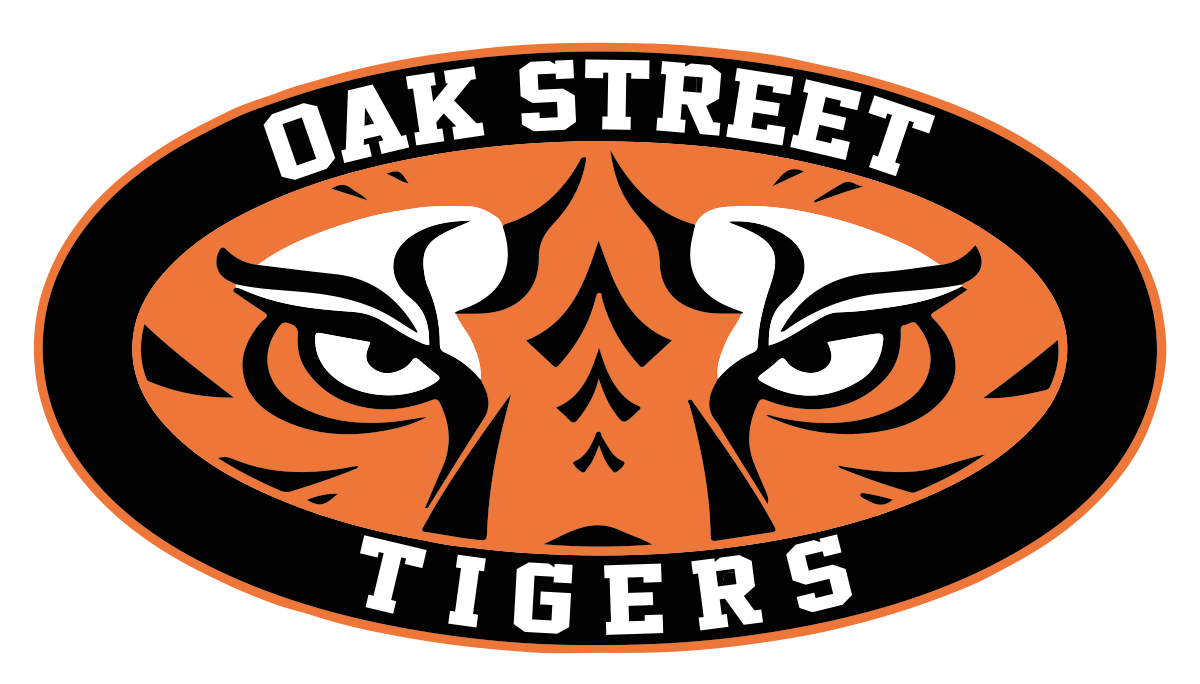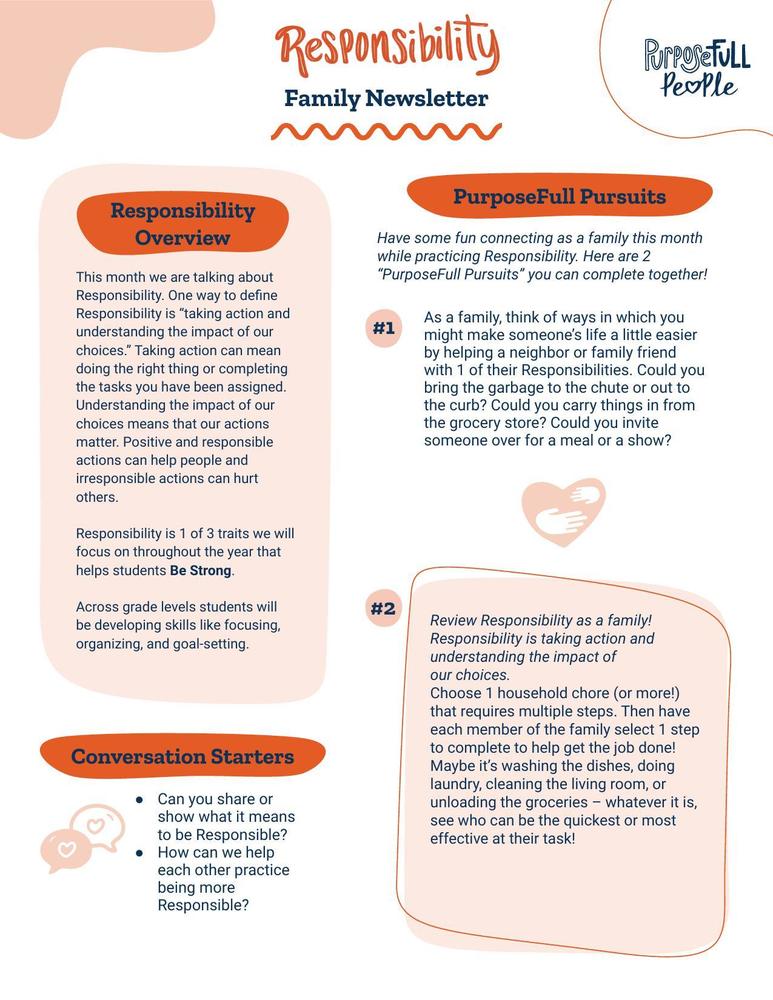Responsiblity can be as simple as:
Taking Ownership of Personal Belongings and Tasks:
Personal Chores: This is a classic way to teach responsibility. Elementary kids can be responsible for age-appropriate tasks like making their bed, putting their dirty clothes in the hamper, tidying their room, or helping with simple kitchen tasks like setting or clearing the table.
Caring for School Items: A responsible student knows where their backpack, lunchbox, and homework are. They are expected to pack their own bag, bring home necessary papers, and turn in their homework on time.
Personal Hygiene: This includes brushing their teeth, washing their hands, and dressing themselves in the morning without constant reminders.
Acknowledging and Learning from Choices:
Taking Accountability: This is a crucial part of responsibility. It's the ability to say, "I made a mistake" or "I'm sorry" without blaming others. When a child accidentally spills milk, responsibility looks like them getting a towel to help clean it up, rather than just walking away.
Understanding Consequences: Children learn that their actions have consequences, both positive and negative. If they forget to do their homework, a natural consequence might be a lower grade. If they complete their chores, they might get to have more playtime.
No-Blame Environment: In a home or classroom where a child is taught to be responsible, they learn to own their actions without fear of excessive punishment. The focus is on finding a solution and learning from the mistake.

